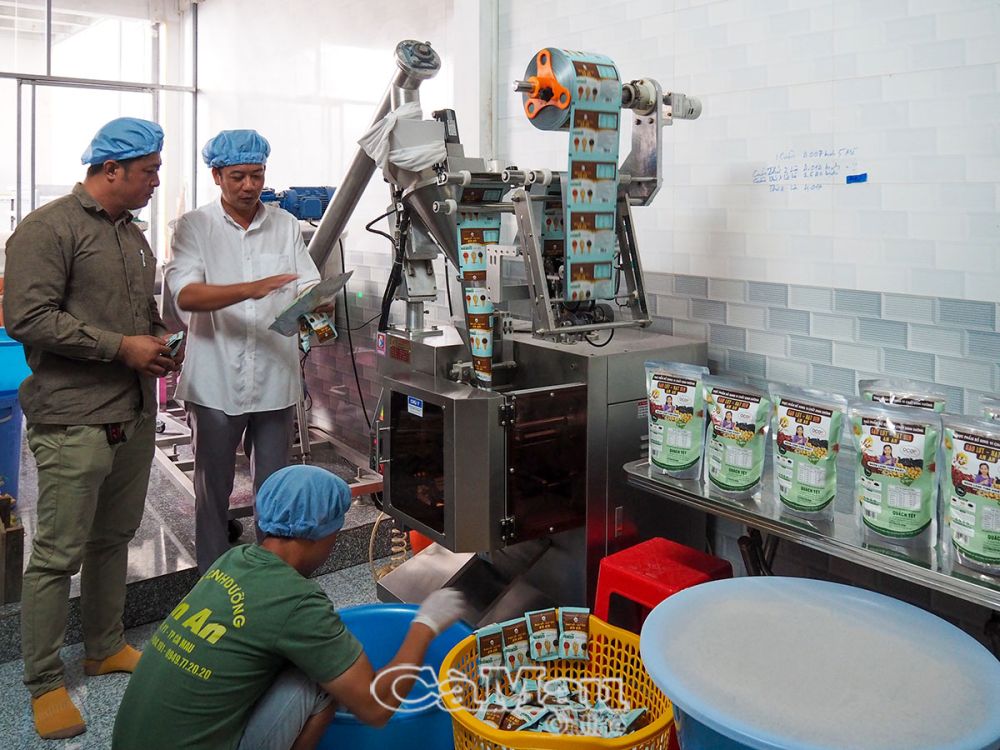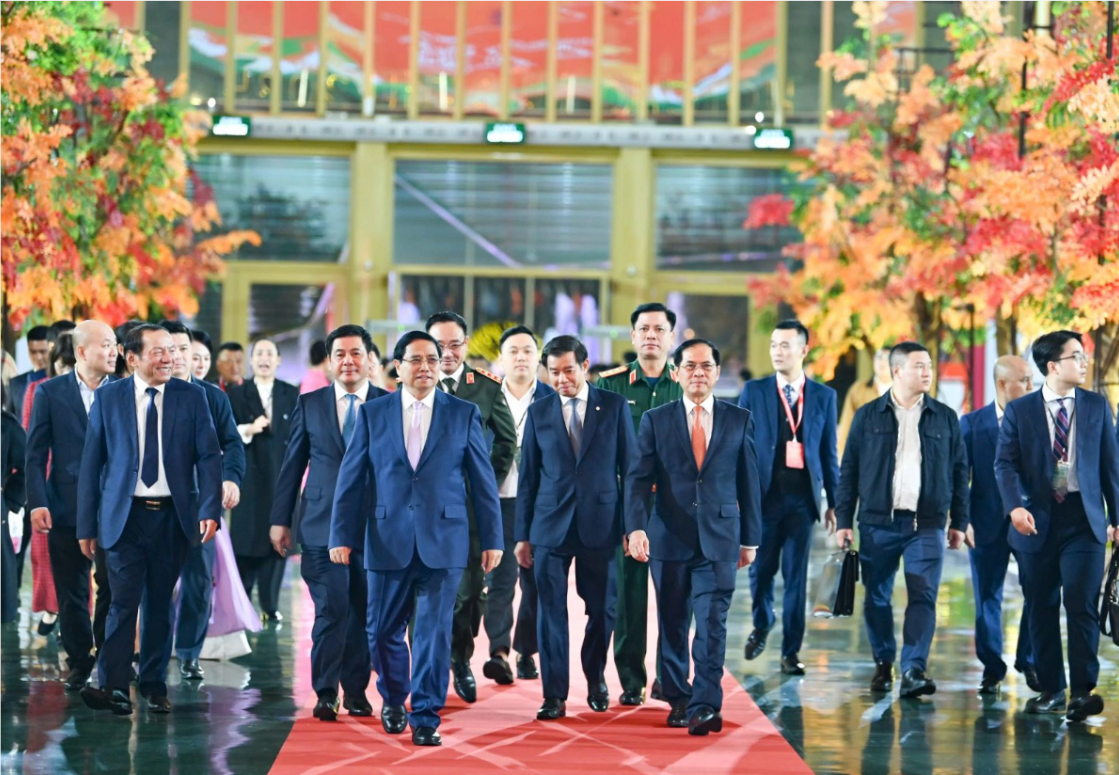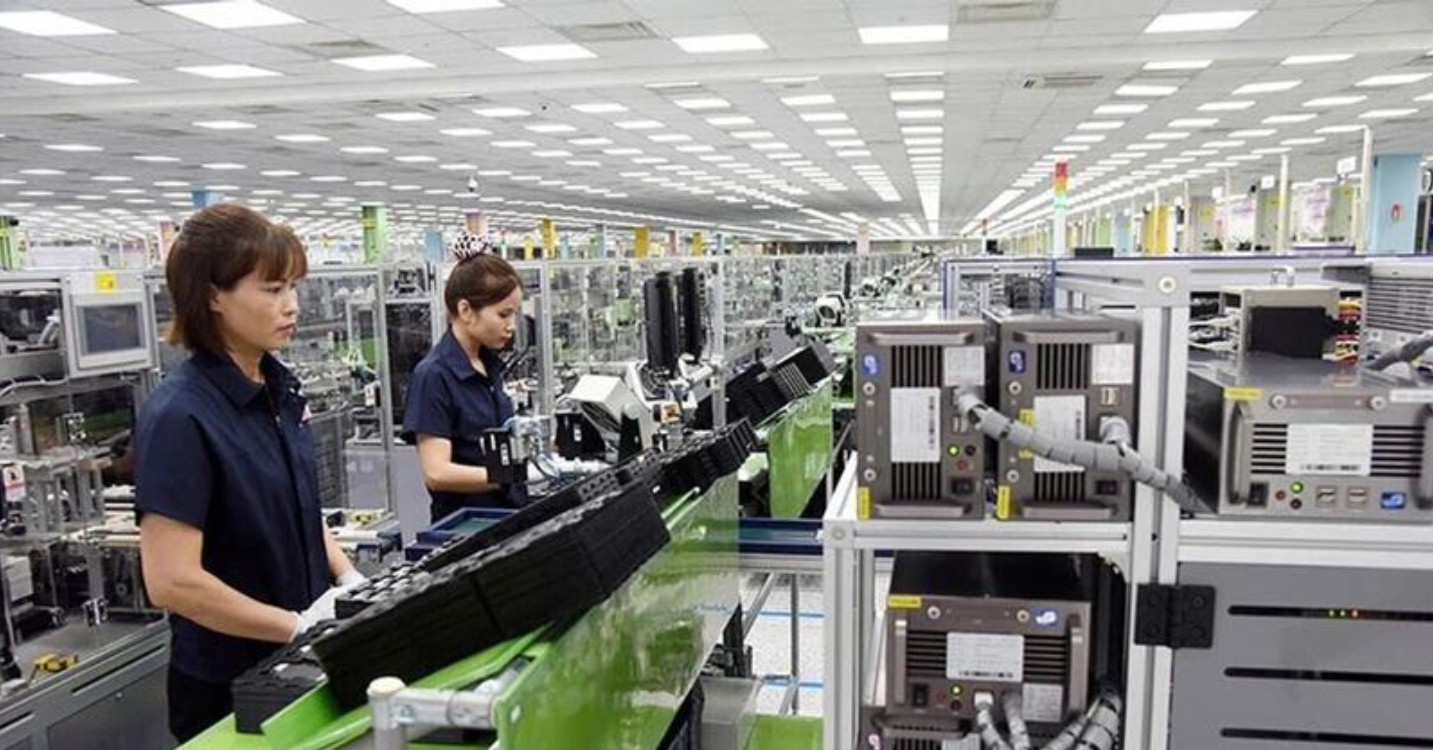
Ca Mau’s industrial promotion boosts rural industry growth
19:05 | 23/03/2025 20:10 | 04/11/2025Industry
According to the Ministry of Finance, import-export turnover in July reached USD 82.2 billion, up 16.8% year-on-year. For the first seven months, total trade amounted to nearly USD 514.7 billion, a rise of 16.3%, generating a trade surplus of about USD 10.2 billion. Industrial production in July grew 8.5%; the seven-month figure was 8.6%, driven by a 10.3% surge in manufacturing and processing. The Purchasing Managers’ Index (PMI) jumped from 48.9 points in June to 52.4 in July, signaling a clear improvement in the overall health of the manufacturing sector.

Exports are recovering strongly, with “greening” emerging as the key for Vietnamese businesses to boost value and expand global market share
Notably, many enterprises are accelerating green strategies tied to sustainable exports. With operations across continents and exports to 35 countries, 90% of JP Corelex Vietnam’s recycled paper output is shipped abroad, mainly to the US. Deputy General Director Vu Trong Cong said the company has identified sustainable development and environmental protection as its core growth targets, producing high-quality products for international markets.
“Our products not only meet Vietnamese technical standards but also comply with the World Paper Association, FSC, Rich Ross, and FDA certifications. Every shipment undergoes thorough testing. We are proud that in the past two years, no international customer has lodged a single complaint about quality,” he said. The company has also invested in biomass boilers, a 2.5 MW solar power system, electric forklifts, and energy-efficient engines to reduce emissions, aiming to align growth with environmental protection.
Similarly, MCNEX VINA Electronics in Ninh Binh, a supplier for Samsung, has continuously developed new technologies and models, boosting revenue for years. Its current export turnover stands at around USD 700 million, 20% higher than pre-Covid levels. “To maintain and enhance export growth, we are striving to secure larger orders from partners while constantly improving quality,” said Nguyen Van Quyet, Head of the company’s Import-Export Department.
In agriculture, Nafoods Group on August 15 signed a USD 20 million cooperation agreement with the Dutch Development Bank (FMO) to expand production, develop green farming, and bring Vietnamese fruit to global markets. Earlier, the company partnered with ResponsAbility Fund to implement projects aimed at reducing greenhouse gas emissions and optimizing value chains.
Across agriculture, textiles, and building materials, many enterprises are also investing in clean technology and by-product recycling to meet stringent market standards. These efforts underline that “greening” is not only an inevitable requirement but also a gateway to enhancing brand value and expanding export opportunities.
However, economists warn that global political uncertainty, escalating trade tensions, and rising tariffs pose mounting challenges for exporters, particularly in industrial manufacturing. Adding to the pressure, major economies are imposing stricter rules on origin and environmental standards.
Against this backdrop, the Prime Minister issued Directive No. 133/CĐ-TTg on August 12, 2025, urging ministries and sectors to take measures to secure GDP growth of 8.3-8.5% this year, laying the foundation for double-digit expansion during 2026–2030.
In industry and trade, the Prime Minister tasked the Ministry of Industry and Trade with leading restructuring efforts, prioritizing advanced technologies and high-quality human resources in strategic, emerging, and supporting industries. The target for 2025 is 9.6–9.8% industrial value-added growth, with manufacturing and processing achieving 11.2–11.5%. The government also aims to build national product brands, expand exports to niche and new markets such as Halal, Saudi Arabia, Egypt, the UAE, Brazil, and North Africa, with an overall export growth target of 12% and a USD 30 billion trade surplus.
The Ministry of Agriculture and Environment, in cooperation with the Ministry of Foreign Affairs and the Ministry of Industry and Trade, will push technical negotiations to expand exports to China, the Middle East, South America, Africa, and ASEAN, aiming for USD 65 billion in agro-forestry-fishery exports. At the same time, eco-labeling schemes, green product fairs, and sustainable trade events will be launched to foster green consumption.
Speaking at the “Vietnam Export-Import: Recognition – Announcement – Connection – Cooperation” event on August 1, Minister of Industry and Trade Nguyen Hong Dien emphasized three strategic directions:
First, improving policy consultation and domestic legal alignment with FTAs, while strengthening connections to integrate local businesses into global production chains. Timely information on market demand, regulations, and policy updates, especially in emerging markets, must be made accessible.
Second, further innovation in trade promotion, expanding cross-border e-commerce, and boosting supply chain linkages. Enterprises should maximize FTA advantages, accelerate negotiations for new agreements, and enhance trade defense mechanisms, including early warning systems, to respond effectively to international disputes.
Third, removing barriers for exporters, prioritizing credit access, and opening more markets, particularly for agriculture and aquaculture. Businesses and associations must stay agile, expand branded exports, and actively engage in training, policy consultations, and FTA negotiations.

19:05 | 23/03/2025 20:10 | 04/11/2025Industry

19:05 | 23/03/2025 20:09 | 04/11/2025Trade

19:05 | 23/03/2025 20:06 | 04/11/2025News and Events

19:05 | 23/03/2025 11:43 | 04/11/2025Trade

19:05 | 23/03/2025 11:39 | 04/11/2025Industry